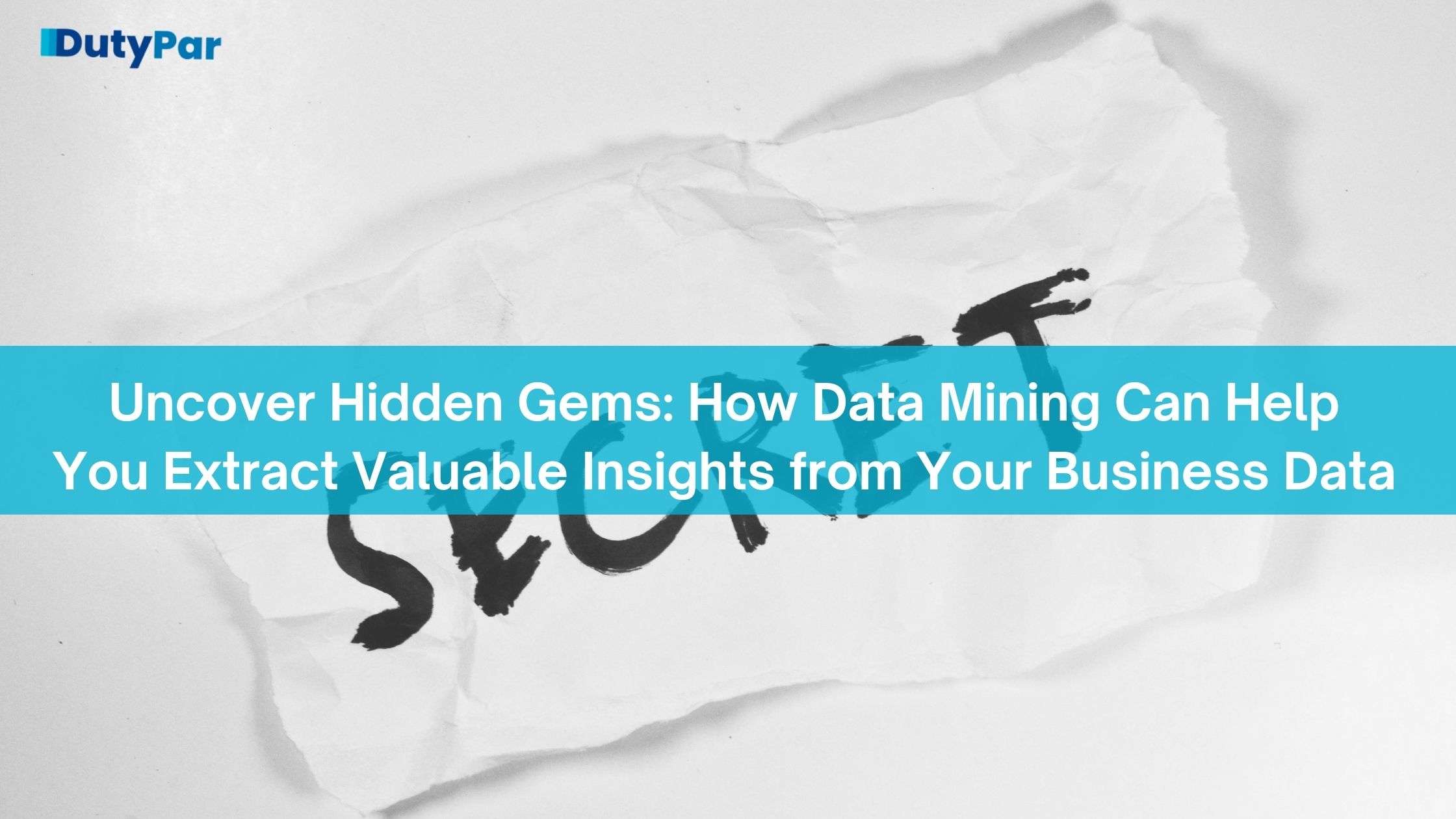Data mining allows businesses to analyze large datasets to uncover valuable insights that can enhance customer engagement, product development, risk management, and operational efficiency. By leveraging data mining techniques, companies can make data-driven decisions to improve overall performance and profitability.

Table of Contents
Introduction
As businesses increasingly rely on digital platforms, the amount of data being generated is growing exponentially. This data can provide valuable insights into customer behaviour, sales trends, and other key performance indicators. However, the sheer volume of data can be overwhelming, and it can be challenging to extract meaningful information from it. This is where data mining comes in.
In this article, we will explore what data mining is and how it can help you extract valuable insights from your business data.
What is Data Mining?
Data mining is the process of analysing large datasets to identify patterns, correlations, and other useful information. This process involves using statistical algorithms and machine learning techniques to identify meaningful patterns and relationships within the data. The goal of data mining is to uncover hidden insights that can be used to make better business decisions.
Data mining is a multi-step process that involves the following steps:
1. Data Collection – The first step in data mining is to collect the data. This can be done using a variety of methods, such as surveys, online forms, or by collecting data from your website or social media platforms.
2. Data Pre-processing – Once the data has been collected, it needs to be cleaned and prepared for analysis. This involves removing any duplicate or irrelevant data and transforming the data into a format that can be easily analysed.
3. Data Analysis – In this step, statistical algorithms and machine learning techniques are used to analyse the data and identify patterns and relationships.
4. Interpretation and Visualization – The final step is to interpret the results of the analysis and present them in a meaningful way. This can be done using data visualization tools such as charts, graphs, and dashboards.
How Data Mining Can Help Your Business
Identify Customer Behaviour Patterns
One of the most significant benefits of data mining is that it can help you identify customer behaviour patterns. By analysing customer data, you can identify trends in purchasing behaviour, product preferences, and customer demographics. This information can be used to develop targeted marketing campaigns, improve customer engagement, and ultimately increase sales.
Improve Product Development
Data mining can also be used to improve product development. By analysing customer feedback and product usage data, you can identify areas for improvement and develop new products or features that better meet the needs of your customers.
Reduce Risk
Data mining can also help you identify potential risks and take proactive measures to mitigate them. By analysing data on customer complaints, product defects, and other risk factors, you can identify areas of your business that need improvement and take action to address them before they become bigger problems.
Optimize Operations
Data mining can also help you optimize your business operations. By analysing data on sales trends, customer demand, and other key performance indicators, you can identify areas of your business that are performing well and areas that need improvement. This information can be used to make data-driven decisions that improve efficiency, reduce costs, and ultimately increase profitability.
Conclusion
In today’s data-driven business environment, data mining is becoming an essential tool for businesses of all sizes. By analysing large datasets, businesses can uncover valuable insights that can be used to improve customer engagement, product development, risk management, and business operations. While data mining can be complex, the benefits it provides are well worth the investment. So why not start exploring the hidden gems in your business data today?
